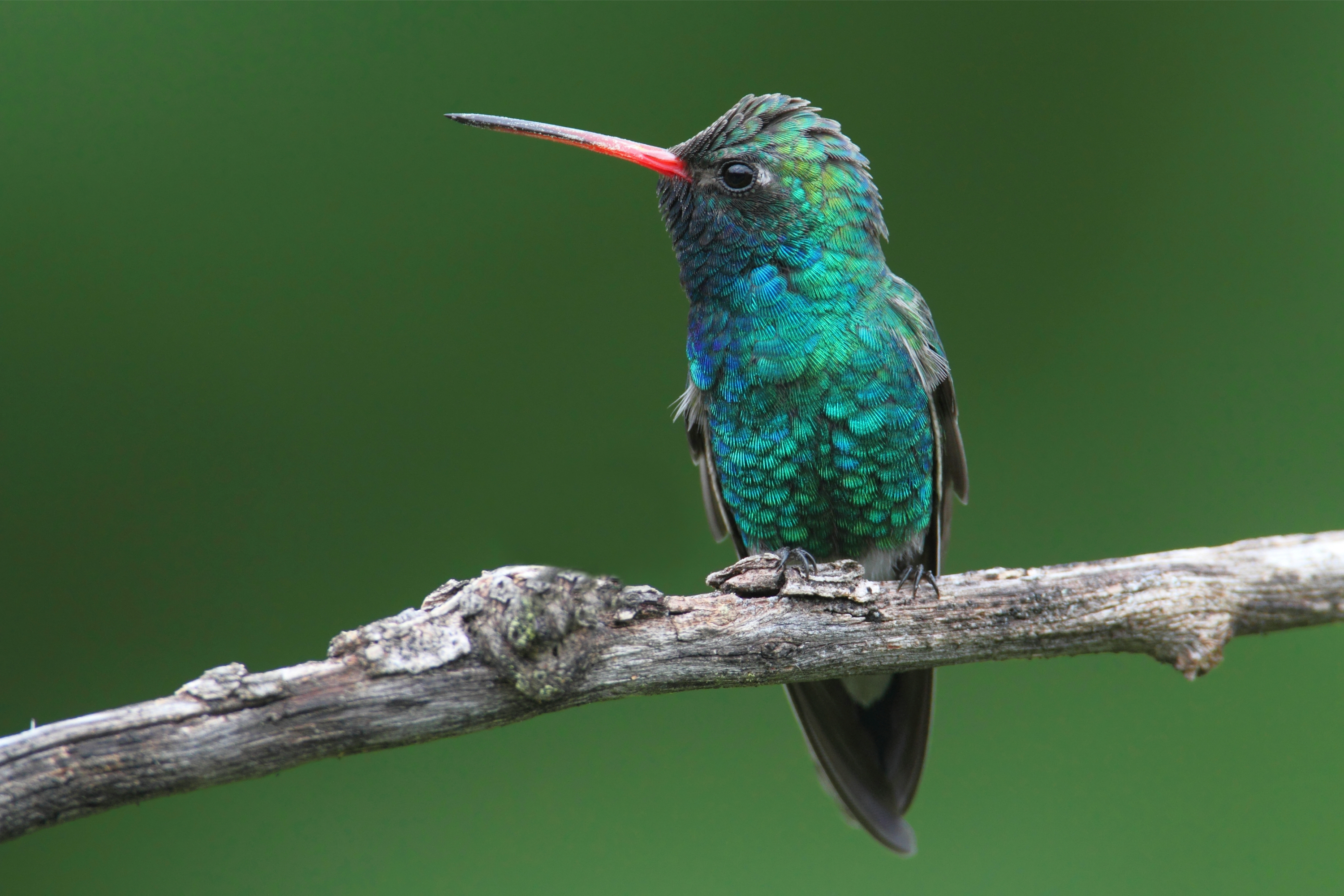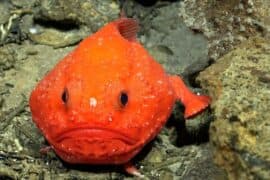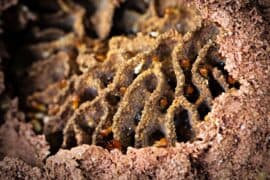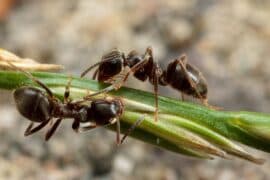Broad-billed Hummingbird
(Cynanthus latirostris)

Description
The broad-billed hummingbird (Cynanthus latirostris) is a small-sized hummingbird that resides in Mexico and the southwestern United States. The bird displays sexual dimorphism, and the juveniles resemble the female adult more than the male adult. The broad-billed hummingbird is a bright coloured bird with a broad and bright red bill. The bird is also known for its other common names the Colibrí Pico Ancho in Spanish and Colibri circé in French. It is a diurnal bird. There are around 360 described species of hummingbirds that can be further categorized into 9 different clades. The Cynanthus genus falls under the emerald clade of hummingbirds. The emerald clade formed between 10 and 15 million years ago and has the largest diversity of species. The broad-billed hummingbird was formally described in 1827 by William Swainson based on specimens collected by William Bullock in México. Swainson coined the binomial name Cynanthus latirostris. Swainson specified the type locality as "Table land ?" where he included a question mark. This species probably does not occur there and in 1939 the American ornithologist Robert Moore designated the type locality as the Valley of Mexico near Mexico City. The species name combines the Latin latus meaning "broad" with -rostris meaning "-billed". The broad-billed hummingbird is a small-sized hummingbird at about 8–10 cm (3.1–3.9 in) long. It weighs only 3–4 grams, with the male weighing slightly more than the female. The wingspan of the hummingbird is about 13 cm (5.1 in). It has a long, bright reddish coloured bill that has a black tip. The birds are metallic green dorsally with more dull colouring on the crown and forehead. The hummingbird is sexually dimorphic, with the adults appearance varying significantly. The male is dark green with white undertail-coverts and a blue throat. The adult males tail is blackish-blue and broad. The flight feathers are brownish-gray. The adult female has a pale belly and has a white eyestripe behind her eye. Her tail feathers are white-tipped. The bill of the male is shorter but brighter red. As for size, both the juvenile and adult males have larger wings and tails than the female. The colouring of the juveniles tends to resemble the adult female. With time, the bill of the juvenile males will redden, and iridescent feathers will appear on its throat. Unlike the females, the juvenile males do not have a white-tipped tail.
Taxonomic tree:







